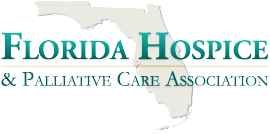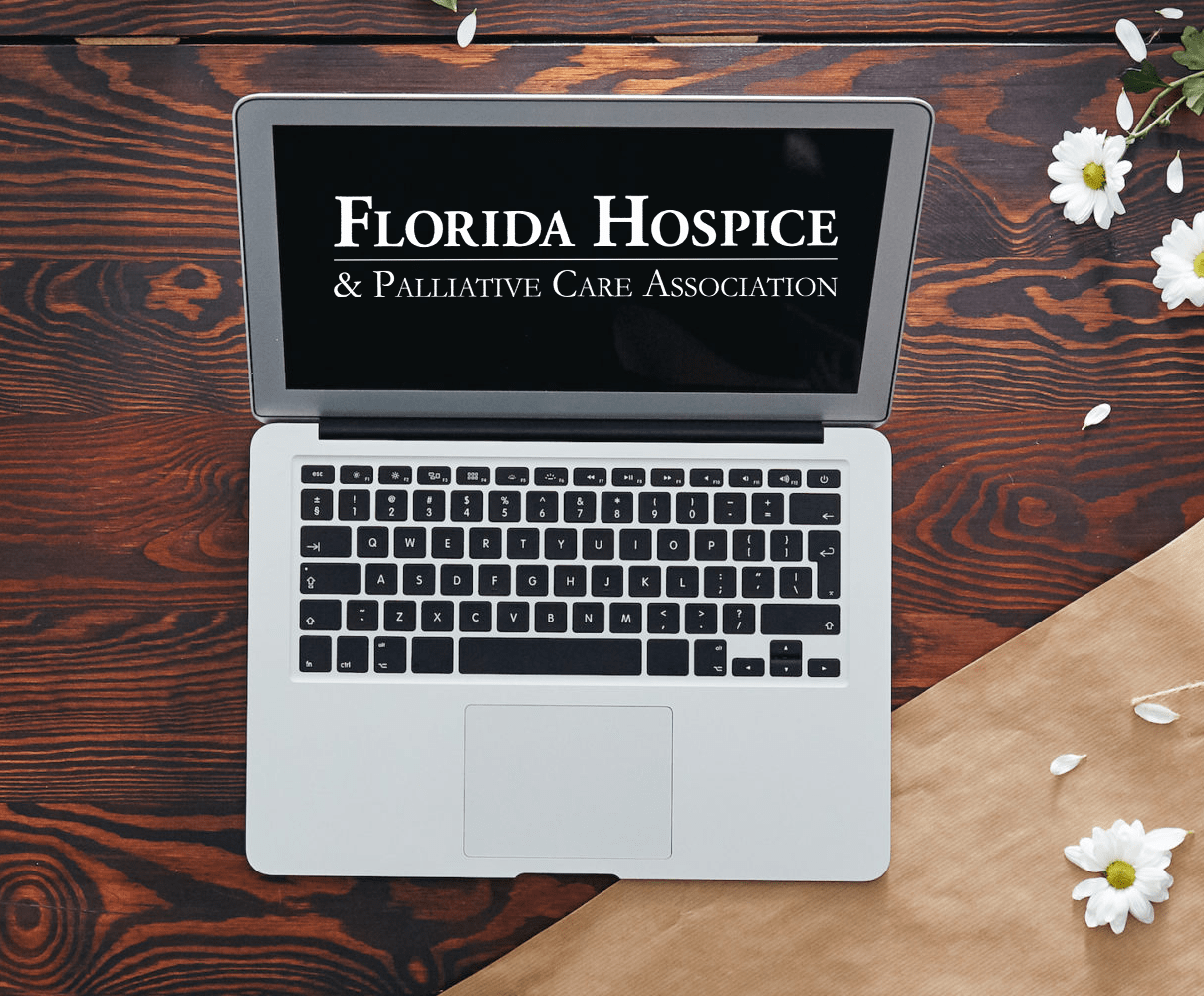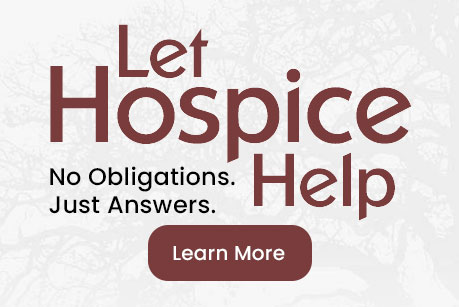Hospice Myths & Facts
MYTH: Hospice is a place people go to die.
FACT: Over 80% of hospice care takes place in the home, which is often the place patients and families feel most comfortable. Hospice care is given wherever the need exists.
MYTH: Hospice is only for people with cancer.
FACT: More than 50% of hospice patients nationwide have a diagnosis other than cancer. Increasingly, hospices are also serving families coping with the end-stages of chronic diseases like emphysema, COPD, Alzheimer’s, cardiovascular and neuromuscular diseases.
MYTH: Hospice is only for dying people.
FACT: As a family-centered concept of care, hospice focuses as much on the grieving family as on the dying patient.
MYTH: Hospice care is expensive.
FACT: People over 65 are entitled to the Medicare Hospice Benefit, which covers virtually all hospice related services such as drugs, medical equipment, nursing and social work. This means the financial burden to the family is limited, in sharp contrast to the huge expense that may occur when hospice is not used. While private pay insurers are not required to include a hospice benefit, today many do so. Most hospices will make accommodation for those who have limited or no insurance.
MYTH: Hospice is for when there is no hope.
FACT: When death is in sight, there are two options: submit without hope or live life as fully as possible. The gift of hospice is its capacity to help families see how much can be shared at the end of life through personal and spiritual connections. It is no wonder that many family members look back upon their hospice experience with gratitude and with the knowledge that everything possible was done to facilitate a peaceful death.
MYTH: Hospice care is only for those with private insurance.
FACT: Hospice serves everyone, regardless of ability to pay. Hospice care is covered under Medicare, Medicaid and most private insurance plans.
MYTH: If patients are in the ER, they must be hospitalized for 3 days on Medicare before going on hospice.
FACT: A patient can be admitted to hospice directly from the ER, without being hospitalized.
MYTH: Hospice is a facility.
FACT: Hospice care is provided wherever the patient may reside (i.e., home, skilled nursing or assisted living facility, hospital, hospice in-patient unit).
MYTH: Only senior citizens can receive hospice care.
FACT: Hospice cares for end-of-life patients of all ages – from infants and children to young adults to senior citizens.
MYTH: Hospice means that the patient will soon die.
FACT: Receiving hospice care does not mean giving up hope or that death is imminent. The earlier an individual receives hospice care, the more opportunity there is to stabilize your medical condition and address other needs. Some patients actually improve and may be discharged from hospice care.
MYTH: Patients can only receive hospice care for a limited amount of time.
FACT: The Medicare benefit, and most private insurance, pays for hospice care as long as the patient continues to meets the criteria necessary. Patients may come on and off hospice care, and re-enroll in hospice care, as needed.



